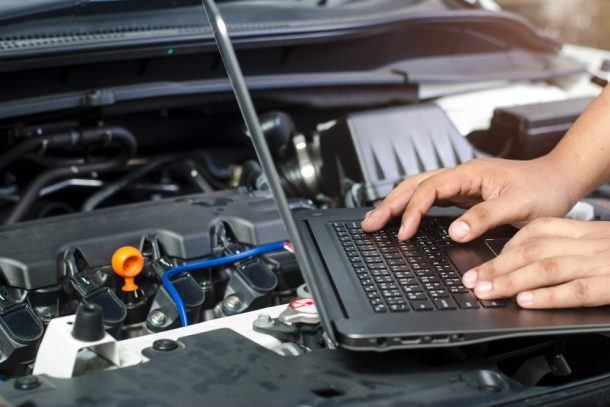Ford
Ford will be reducing output for the 2022 Mustang GT and Mach 1 coupe. Both models will have 10 fewer horsepower and 10 fewer pound-feet of torque than the previous model year, with the culprit being emission compliance. Changes reportedly only pertain to the 5.0-liter Coyote V8.
That means EcoBoost Mustangs, as well as the Shelby GT500’s supercharged 5.8-liter, will go unaffected. First reported by Ford Authority, the modifications have since been confirmed with the manufacturer. However the automaker hasn’t told us precisely what’s been changed on the Coyote engine, why the decision has been made, how it might impact performance.
We were under the impression that this might have been a global tweak to appease European regulations as the restrictive Euro 7 rules inch closer to reality. But Road & Track managed to get a Ford representative to finger the Low-Emission Vehicle (LEV III) Program adopted by the California Air Resources Board (CARB).
“Changes were made to meet more stringent LEV III regulatory emissions requirements that resulted in a horsepower and torque reduction for the 5.0-liter [V8] engine,” Ford spokesperson Claire Carroll told the outlet.
From R&T:
This means the 2022 Mustang GT should arrive to market with 450 hp and 410 lb-ft, while the Mach 1 will make 470 hp and 410 lb-ft. Those are still respectable figures and remain comparable to offerings from Chevrolet and Dodge. That said, we’ll have to wait and see if customers are willing to accept a less powerful product. This hasn’t been a problem for the Blue Oval in Europe thus far, where the Mustang GT makes just 444 hp and 390 lb-ft of torque.
Ordering for the 2022 Mustang is reportedly open now, with deliveries expected to take place during Q1 of next year.
We’re wondering if sales will be affected and how this will play out for naturally aspirated engines moving forward. One of the main reasons forced induction has made such a colossal comeback is due to emission restrictions. Back in the day, turbos were a slick way of getting the most out of a small engine bay. They’ve since become the only way for some models to keep output high without running afoul of regulatory limits, providing history with an opportunity to repeat itself.
Throughout the 1970s, the V8 looked to be in serious trouble and industry was having problems keeping pace with environmental regulations in general. Large engines were outputting far less than their counterparts from a decade earlier and still managed lackluster fuel economies. By the 1980s, companies began trending toward smaller motors and lighter (arguably shittier) cars to maximize efficiency. But even the most svelte of hatchbacks are a bit of a snooze when the typical inline four (and sometimes V6) was rated well below 100 horsepower. Manufacturers quickly learned that they could breathe some new life into utilitarian powertrains by turbocharging them, resulting in some of my all-time favorite sleeper builds.
However, with modern government officials having reoccurring wet dreams about electrification, V8s may not make a comeback this time around. Engineers have told me that internal combustion vehicles seem to be tapped out in terms of efficiency improvements and the development money is now going toward figuring out a way to make EVs work for the general public thanks to strict regulations. That doesn’t seem to bode well for the Mustang (or its rivals) and we’re wondering if the next few years will result in similarly diminished outputs until the inevitable demise. Though that’s probably how most auto journalists felt in during the prior “Decade of Greed” before things eventually turned around and large V8s came back into fashion.
[Image: Ford Motor Co.]
Become a TTAC insider. Get the latest news, features, TTAC takes, and everything else that gets to the truth about cars first by subscribing to our newsletter.
Related
For GREAT deals on a new or used car check out 112 Certified TODAY!

